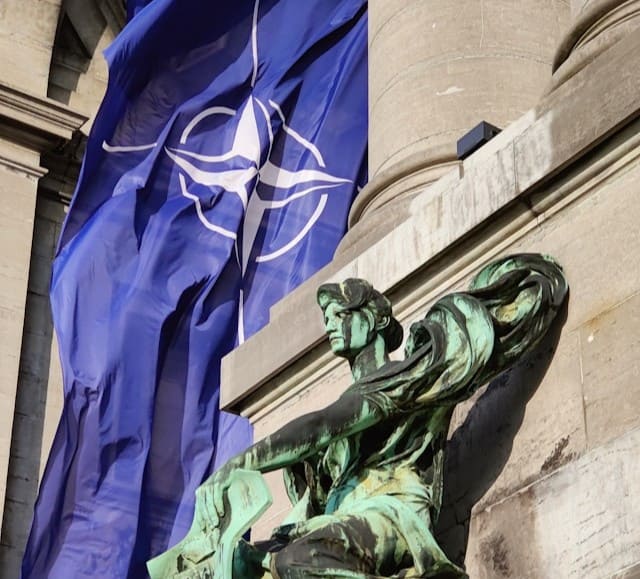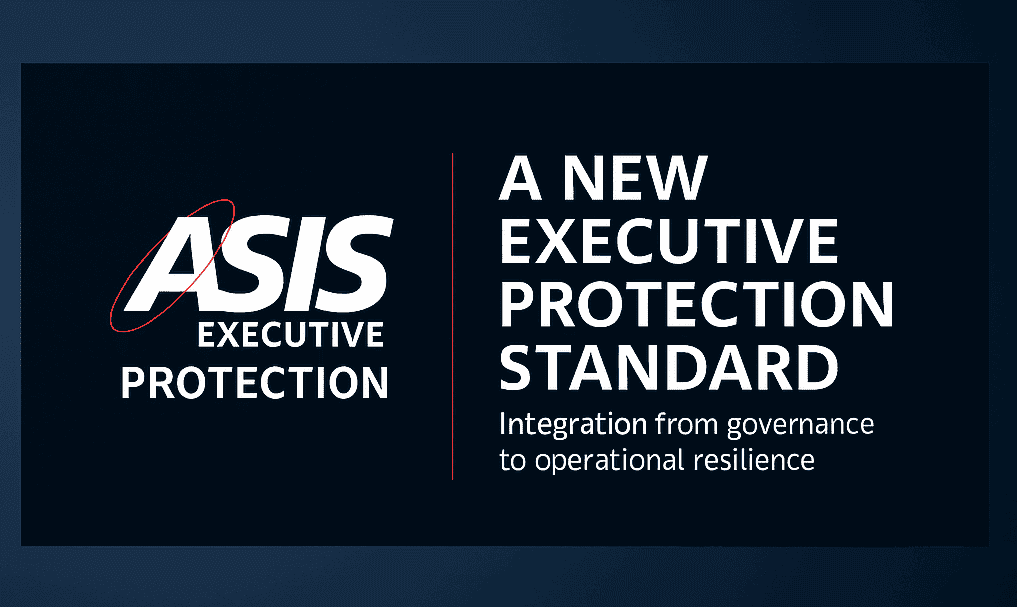NATO’s gamble: will Europe deliver on the most ambitious military goal since the Cold War?
On June 25–26, 2025, NATO leaders gathered in The Hague, Netherlands, for one of the most consequential summits in the alliance’s history. Hosted in the historic Binnenhof complex, the meeting brought together heads of state and government from all 31 NATO member countries, plus key partners from the European Union, Japan, South Korea, and Ukraine. This summit marked not only a response to rising global tensions but a pivotal moment of self-reflection—and redefinition—for the alliance.
The backdrop was tense: Russia’s war in Ukraine raged into its fourth year, China had grown more assertive in the Indo-Pacific, and internal political shifts—including the return of U.S. President Donald Trump—had reignited old debates about transatlantic burden-sharing. The question dominating the summit wasn’t just how NATO would respond, but whether Europe itself could finally take the lead in defending its own backyard.
Over two intense days of closed-door diplomacy and high-stakes negotiation, NATO made a historic leap: committing to increase collective defence spending from a previously symbolic 2% of GDP to a hard 5% target by 2035. The move signaled a profound strategic shift—one designed to secure the alliance’s future by reshaping its funding model, defence posture, and global credibility.
The 5% defence commitment: structure and strategy
The 5% pledge is designed as a phased, enforceable target. It includes:
- 3.5% of GDP for core military capabilities (personnel, equipment, maintenance)
- 1.5% of GDP for resilience-related investments (cybersecurity, critical infrastructure, logistics)
All NATO states must submit national implementation roadmaps by mid-2026, and an interim review is set for 2029, with full compliance expected by 2035. The move is widely seen as an answer to U.S. pressure for equitable burden-sharing and a recognition of persistent threats across multiple domains—from conventional forces to cyber and space.
President Trump described it as a “transformational leap,” and French President Emmanuel Macron called it “Europe’s rendezvous with reality.”
The road to The Hague: from 2% symbolism to 5% substance
The concept of minimum defence spending is not new. The 2% of GDP guideline was first introduced at the 2002 Prague Summit and reiterated in Riga 2006. However, both were merely political commitments without enforcement mechanisms. The 2% target gained real prominence at the 2014 Wales Summit, following Russia’s annexation of Crimea. At Wales, NATO members pledged to meet the 2% mark within a decade. Yet, progress was uneven, and enforcement remained weak.
By 2025, eight NATO members had still not reached the 2% target:
- Spain
- Belgium
- Slovakia
- Luxembourg
- Italy
- Greece
- Hungary
- Portugal
Spain, notably, secured a formal exemption from the new 5% commitment, capping its goal at 2.1% due to fiscal constraints.
Beyond spending: broader Summit outcomes
In addition to the headline 5% agreement, The Hague Summit produced several key resolutions:
- Reaffirmation of Article 5: Emphasizing collective defence amidst hybrid threats
- Support for Ukraine: Increased arms and industrial support counted toward defence targets
- Designation of Russia as a long-term strategic threat
- Strengthened NATO-EU collaboration, particularly in cyber and logistics
However, leaders were muted on Ukrainian membership, signaling a continued preference for gradual integration over immediate accession.
What can European countries do? Strategic options and challenges
European nations face difficult trade-offs, but they also have unique opportunities:
- Innovative financing: Some, like Belgium, are tying increases to fiscal restructuring. Others propose EU-level defence bonds or classifying defence as a “European public good.”
- Joint procurement: Countries like France and Germany are expanding collaborative arms projects to reduce redundancy and costs.
- Targeted modernization: Emphasizing tech-driven areas (AI, drones, cyber) over sheer volume of conventional forces.
- Political transparency: Roadmaps with clear, measurable goals can increase public support and political legitimacy.
- Pooling resources: Smaller nations can align efforts regionally (e.g., Baltics, Nordics) to punch above their weight.
Countries like Poland and Denmark are already on track to exceed even the 5% guideline, showcasing the feasibility of ambitious defence policy when backed by political will.
The Hague Summit of 2025 may be remembered as NATO’s most ambitious transformation since the Cold War. The shift from a vague 2% benchmark to a structured 5% mandate signals not just more spending, but smarter, more accountable investment in collective security. Yet, the real test lies ahead. Will national parliaments support the budgets? Can European militaries scale up without inefficiency and waste? And will the alliance turn these promises into readiness on the ground? NATO has set the bar. Now Europe must clear it.
Interested in investing in digital defence and cybersecurity?
At ACK3, we help you navigate cutting-edge opportunities in a rapidly growing sector.







